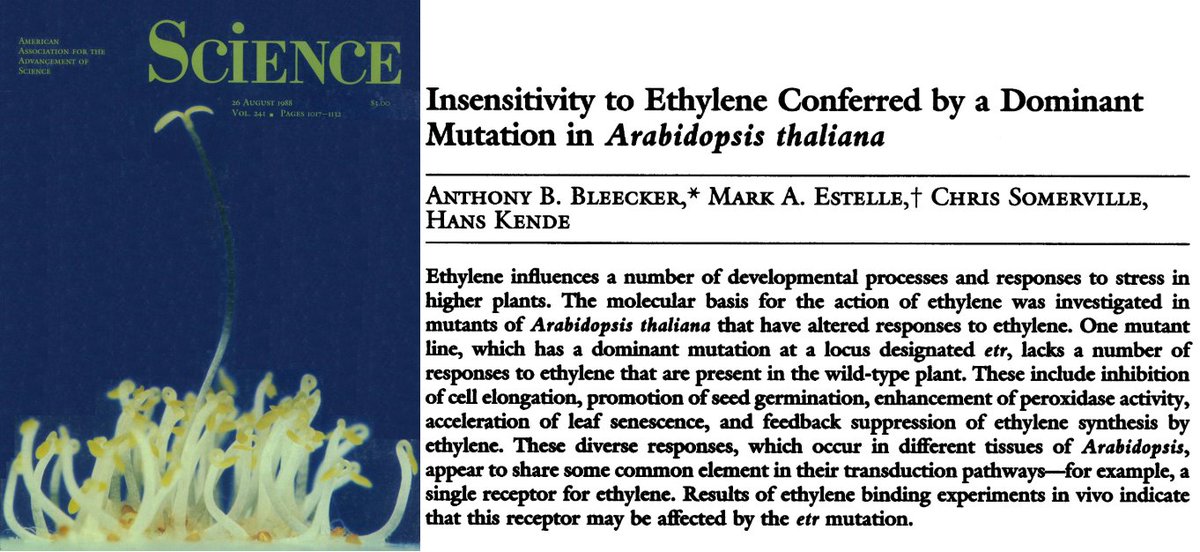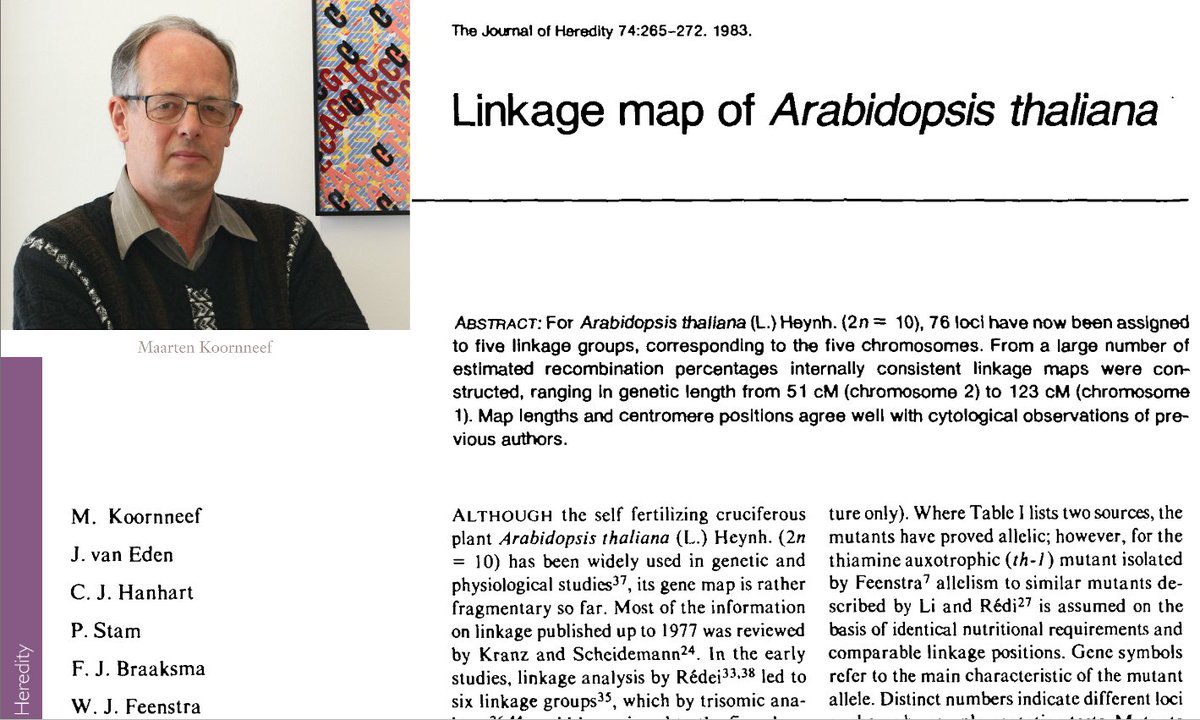#PlantScienceClassics #2: Radiation-induced mutagenesis. 100 years ago, in 1921, Emmy Stein developed radiation-induced #mutagenesis of #Antirrhinum majus plants. But today it seems that her invaluable contribution is being ignored… Read on doi.org/10.1007/BF0195… 

Mutagenesis is now an invaluable tool to understand a gene’s function. In the early 1900s, when the hereditary substance was not even identified yet, it was an even more important tool, which Emmy Stein added to the small toolbox available to biologists at the time.
Stein used gamma rays from radium to irradiate both, adult plants & seeds, & showed the effects of different doses & different lengths, determining the lethal dose, &, importantly, the dose that induced weak mutants, that would still produce seeds to continue experimental work. 

For the next 25 years, she continued publishing on the effects of irradiation in ever-increasing detail, incl. cancerous tissue,& chromosomal damage. Her work was instrumental in establishing & advancing radiation-induced mutagenesis, genetics,& Antirrhinum as early plant model. 

Radiation-induced mutagenesis formed the basis for countless scientific discoveries, and was also used massively in fruit breeding. Contrary to popular belief, also thousands of #organic-certified fruits were created by random/untargeted mutagenesis using radiation. 

Accordingly,‘the discovery (…) of mutations by irradiation’ was rewarded with a @NobelPrize in Physiology/Medicine in 1946. It didn’t go to Stein, however, but Hermann Muller, who mutagenized #Drosophila with x-rays in 1926, five years after Stein’s work. nobelprize.org/prizes/medicin… 

Muller’s 1927 @ScienceMagazine paper is still generally cited as the prioneering paper on radiation-induced mutagenesis. In 1928, he added a paper in @PNASNews, which also featured plant (maize) mutagenesis. The @Wikipedia article on mutagenesis doesn’t even mention Emmy Stein. 

I have no idea why the #Nobel Prize in 1946 was not shared between Muller & Stein. Because x-rays were more commonly used than gamma rays? Because she was a woman? Because she worked on plants? Because she wrote in German? Does anybody know? #womeninbotany #womeninscience?
If you understand German, you can read a very nice obituary for Emmy Stein here: doi.org/10.1007/BF0071…
And an interesting addition here:
https://twitter.com/StearnsLab/status/1442337708882345984?s=19
• • •
Missing some Tweet in this thread? You can try to
force a refresh




















